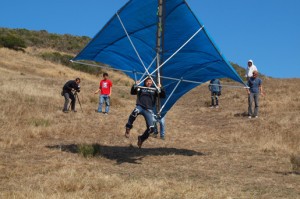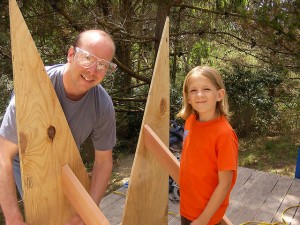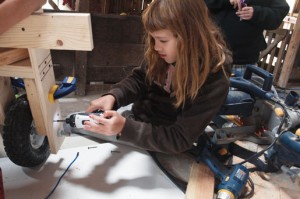At Brightworks, a K-12 private school set to open in San Francisco this fall, there will be no tests, grades, or transcripts.
Instead, students will participate in activities and interact with professionals in various fields, design a project that they bring to fruition themselves, and produce a multimedia portfolio that they'll share with the school, the community, and – via the Brightworks website – the world.
Brightworks is co-founded by Gever Tulley, creator of Tinkering School (a sleepover summer camp where kids explore and build things) and author of 50 Dangerous Things You Should Let Your Kids Do, and Bryan Welch, director of A Curious Summer (theme-based workshops for kids that spark curiosity and critical thinking).
The philosophy at Brightworks builds on the approaches to learning that Tulley and Welch have developed and tested through their respective summer programs, and the premise is simple: Get students passionate about something (read "The Nine Tenets of Passion-Based Learning to learn more"), then set them loose to explore and enact that passion.
"What's been happening with A Curious Summer since I've been running it," says Welch, who co-founded the program with Marina McDougall, art projects director at the Exploratorium, "is that we will pickle these children in curiosity. We'll get calls from parents months after the camp, saying, 'After taking your workshop in stop-motion and photography, my child can't stop playing with optics.' It can be problematic, even: Kids go back to school pickled in curiosity and that might supercede what they're being offered at school. So I felt like, wouldn't it serve our children better if we could then give them tools and materials and let them do their own work?"

He thought that Tinkering School could benefit, if prior to arriving, children could develop a passion on a certain theme at A Curious Summer and drive the tinkering themselves. "At Tinkering School, children arrive not knowing what they're going to do," says Welch. "Gever whips off the tablecloth and says, 'These are the tools and materials I challenge you with and this is what I challenge you to build.' But wouldn't it be better if the children said, 'We challenge ourselves'?"



